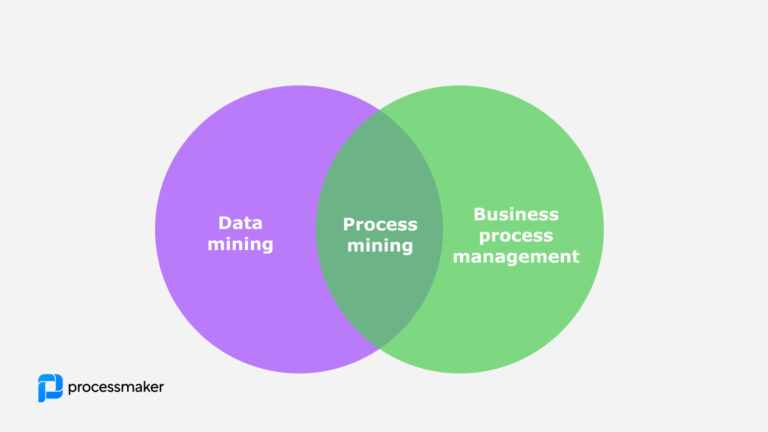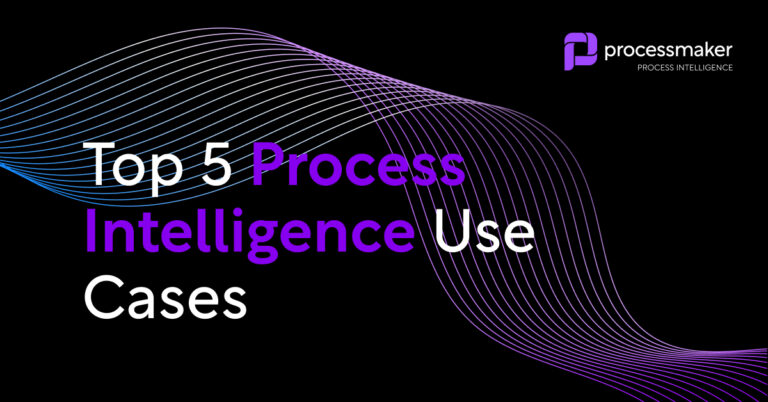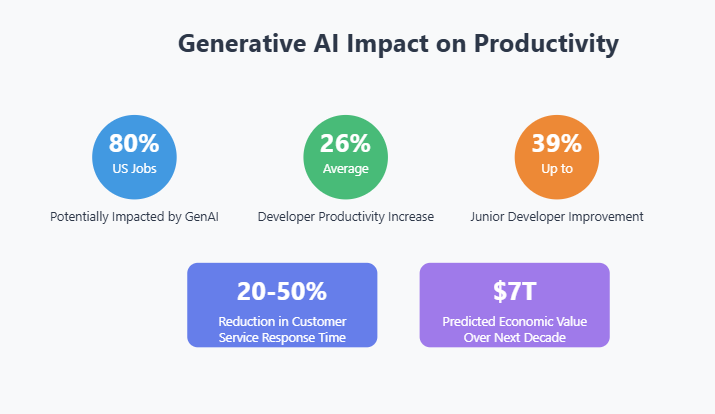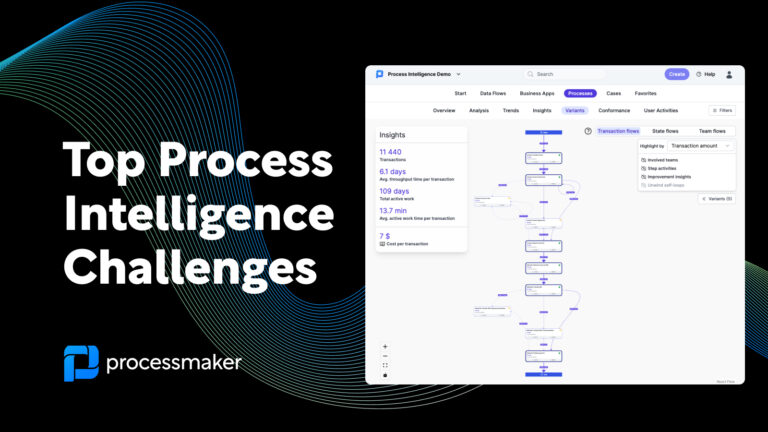Process mining and data mining are two distinct fields within the broader domain of data analytics. While both aim to extract valuable insights from data, they have different goals, methodologies, and applications.
Business intelligence teams leverage data mining techniques to extract knowledge that informs business strategies, improves customer service, and optimizes operational processes across various functions such as marketing, finance, and risk management.
Process mining can be seen as the adaptation of data mining techniques and technologies to business process management. It takes many data mining and data science aspects to the goal of process analysis and process optimization. Data mining applications are essential for automating the analysis of large data sets to uncover hidden patterns and inform strategic decisions across different industries, including financial markets analysis, security threat detection, and targeted advertising. 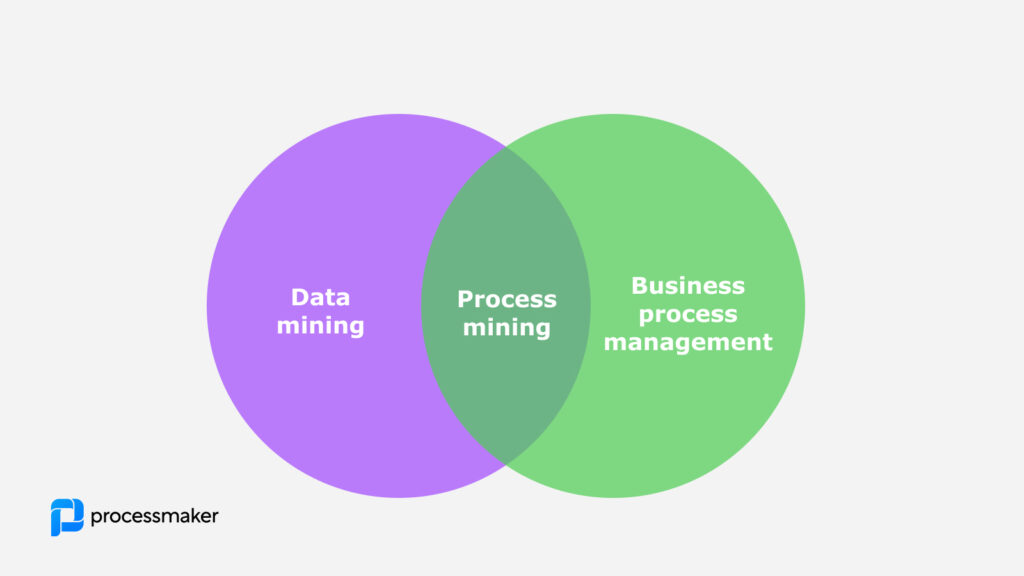
On a broader level, there are more similarities and differences between the two terms to cover. Here’s a comparison of process mining and data mining.
Process Mining
Process mining focuses on analyzing and optimizing business processes within an organization. It uses event logs generated by various enterprise systems, such as ERP and CRM platforms, to create a visual representation of the actual processes followed within the organization. This allows stakeholders to understand the flow of activities, dependencies, and interactions among different tasks and subprocesses, and identify inefficiencies, bottlenecks, and areas for improvement. Some key aspects of process mining include:
- Analyzing event logs to understand and visualize business processes.
- Identifying deviations from expected process flows, potential bottlenecks, and optimization opportunities.
- Supporting continuous improvement and process optimization initiatives.
Data Mining
Data mining, on the other hand, is a broader field that relies on big data and advanced computing processes to discover patterns, relationships, and trends within large datasets. It employs various techniques from statistics, machine learning, and artificial intelligence to analyze data from diverse sources, such as databases, data warehouses, or even unstructured data like text or images.
Data mining software plays a crucial role in extracting valuable information from these large datasets. The primary goal of data mining is to extract valuable information that can be used for decision-making, prediction, or knowledge discovery. Some key aspects of data mining include:
- Analyzing large datasets to discover patterns, relationships, and trends.
- Employing techniques from statistics, machine learning, and artificial intelligence, with statistical analysis being a key component.
- Supporting decision-making, prediction, and knowledge discovery across various domains, such as marketing, finance, or healthcare.
Data Mining Techniques
Data mining employs a variety of techniques to analyze large datasets and uncover hidden insights. These tools are essential components of software platforms that include a range of analytics features, such as predictive modeling and data preparation.
- Classification: This technique involves categorizing data into predefined classes or groups, helping to predict the category of new observations.
- Clustering: Clustering groups similar data points together without prior labels, allowing for the discovery of natural groupings within the dataset.
- Association Rule Learning: This method identifies interesting relationships between variables in large databases, commonly used in market basket analysis to understand purchasing patterns.
- Regression Analysis: Regression techniques model the relationship between dependent and independent variables to predict future outcomes based on historical data.
- Anomaly Detection: This technique identifies rare items, events, or observations that raise suspicions by differing significantly from the majority of the data, useful in fraud detection and network security.
Mining software plays a crucial role in analyzing large datasets to identify patterns and extract valuable insights, which can inform business strategies and operational decisions.
Differences between process mining and data mining
- Focus: Process mining is specifically focused on analyzing and optimizing business processes within an organization, while data mining has a broader scope, aiming to discover patterns, relationships, and trends within large datasets. Process mining tools leverage event log data to visualize and analyze business processes, providing insights that enable organizations to uncover inefficiencies and enhance decision-making.
- Data Source: Process mining primarily relies on event logs generated by various systems, such as ERP, CRM, or BPM platforms. Data mining, on the other hand, can analyze data from diverse sources, such as databases, data warehouses, or even unstructured data like text or images.
- Methodology: Process mining uses techniques like process discovery, conformance checking, and enhancement to create a visual representation of actual processes, identify inefficiencies, and suggest improvements. Data mining employs a variety of techniques from statistics, machine learning, and artificial intelligence to discover patterns and trends in data.
- Application: Process mining is mainly used for process analysis, optimization, and continuous improvement initiatives within organizations. Data mining is applied across various domains, such as marketing, finance, healthcare, or retail, for decision-making, prediction, and knowledge discovery purposes.
Similarities between process mining and data mining
- Data-driven insights: Both process mining and data mining focus on extracting valuable insights from data to support informed decision-making and improve business performance.
- Techniques: Both fields employ a range of data analytics techniques, such as clustering, classification, regression, or anomaly detection, to analyze and interpret data.
- Tools: There is some overlap in the tools used for process mining and data mining, such as data visualization, data preprocessing, and data transformation tools.
- Value: Both process mining and data mining can bring significant value to organizations by helping them uncover hidden patterns, identify inefficiencies, and make data-driven decisions for process improvement and business growth.
How process mining adapts data mining to business process management
You can also see process mining as the specialized application of data mining techniques in the context of Business Process Management (BPM). Here’s an explanation of how process mining applies data mining techniques in the BPM domain:
- Event logs as data sources: In process mining, event logs serve as the primary data source for analysis. These logs contain records of activities, along with their timestamps, associated resources, and other contextual information. Data mining techniques are applied to these event logs to discover process models, analyze process performance, and identify areas for improvement.
- Data mining techniques: Process mining leverages a variety of data mining techniques within process mining algorithms, such as clustering, classification, and sequence mining, to analyze event logs and extract valuable insights about business processes. For example, clustering techniques can be used to group similar process instances together, while sequence mining can help identify frequent patterns and deviations in the process flow.
- Process discovery: One of the main applications of data mining in process mining is process discovery. Process discovery aims to create a visual representation of the actual processes followed within the organization, based on the event log data. Data mining techniques are applied to automatically discover process models that accurately represent the underlying processes.
- Conformance checking: Another application of data mining in process mining is conformance checking, which compares the discovered process models with predefined process models or best practices to identify deviations, non-compliance, or inefficiencies. Data mining techniques are used to calculate conformance metrics, such as fitness, precision, and generalization, to evaluate the similarity between the discovered and reference models.
- Process enhancement: Process mining also uses data mining techniques for process enhancement, which involves suggesting improvements to existing processes based on the insights derived from the analysis. This can include identifying bottlenecks, reducing cycle times, or reallocating resources to optimize process performance.
In conclusion, process mining is a specialized application of data mining techniques in the context of Business Process Management. There are many similarities and some differences between process mining and data mining, but in their nature, they are related aspects of data science. By leveraging event log data and applying data mining techniques, process mining enables organizations to discover, analyze, and improve their business processes, ultimately driving efficiency, cost savings, and enhanced business performance.
